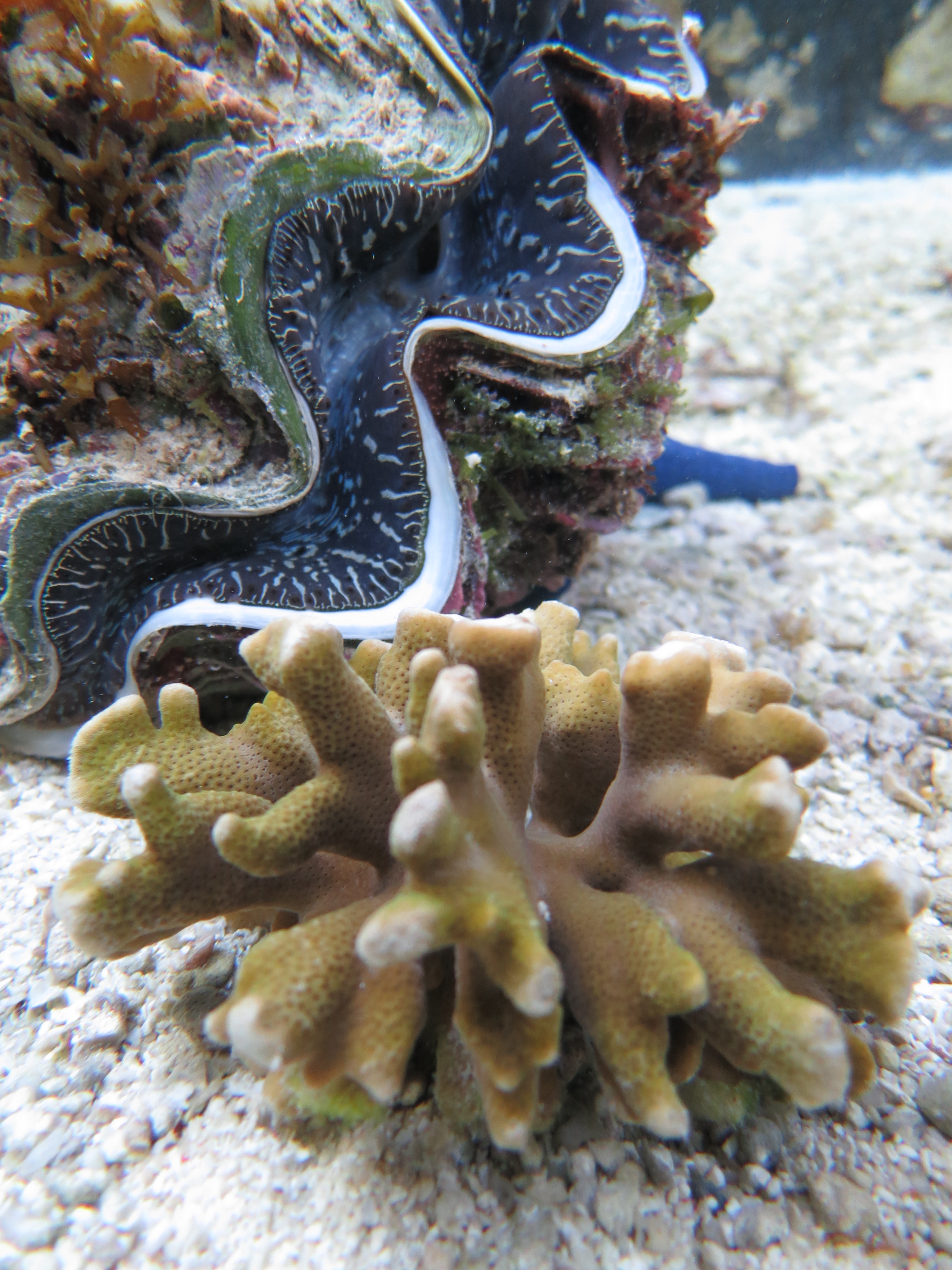Conservation & Threats
There are many threats that Montipora digitata encounters. This species is at risk of bleaching, cyclones, freshwater run-off, sedimentation, wave action and competition (Harpeni and David 2011). The IUCN lists habitat degradation, disease, and ocean acidification as the main cause of concern for M. digitata (IUCN 2012).
Coral bleaching is also a concern for M. digitata. Bleaching occurs as a result of increasing sea surface temperatures due to climate change. This species is affected by bleaching, however, it has been known to overcome disturbances due to its fast reproduction rate via fragmentation (Harpeni and David 2011). It is more resilient to disturbance than some other corals in the same genus. M. digitata is also thought to be more resilient than other corals because it has a large population size with high levels of genetic variability (IUCN 2012). This species is currently considered as least concern on the IUCN Red List, however, the IUCN do believe that rapid changes to the environment in the next 10 years could have a strong effect on M. digitata.
Saxby et al 2003 reported that cooling temperatures such as that experienced during the El Nino Southern Oscillation (ENSO), can also lead to bleaching in M. digitata. Cold temperatures were found to decrease photosynthetic efficiency in this species, reduce the number of symbiotic dinoflagellates, and cause an increase in mortality (Saxby et al 2003). Papina et al 2007 found that increases in temperature caused a reduction in the amount of polyunsaturated fatty acids in M. digitata and its zooxanthallae. Lipids such as polyunsaturated fatty acids are important for thermal and photo-acclimation processes in M. digitata (Papina et al 2007).
Threats against many corals, including M. digitata, consist of fisheries, human development, invasive species, chemical and dynamite fishing, agriculture pollution, sedimentation and human recreation (IUCN 2012).
 |